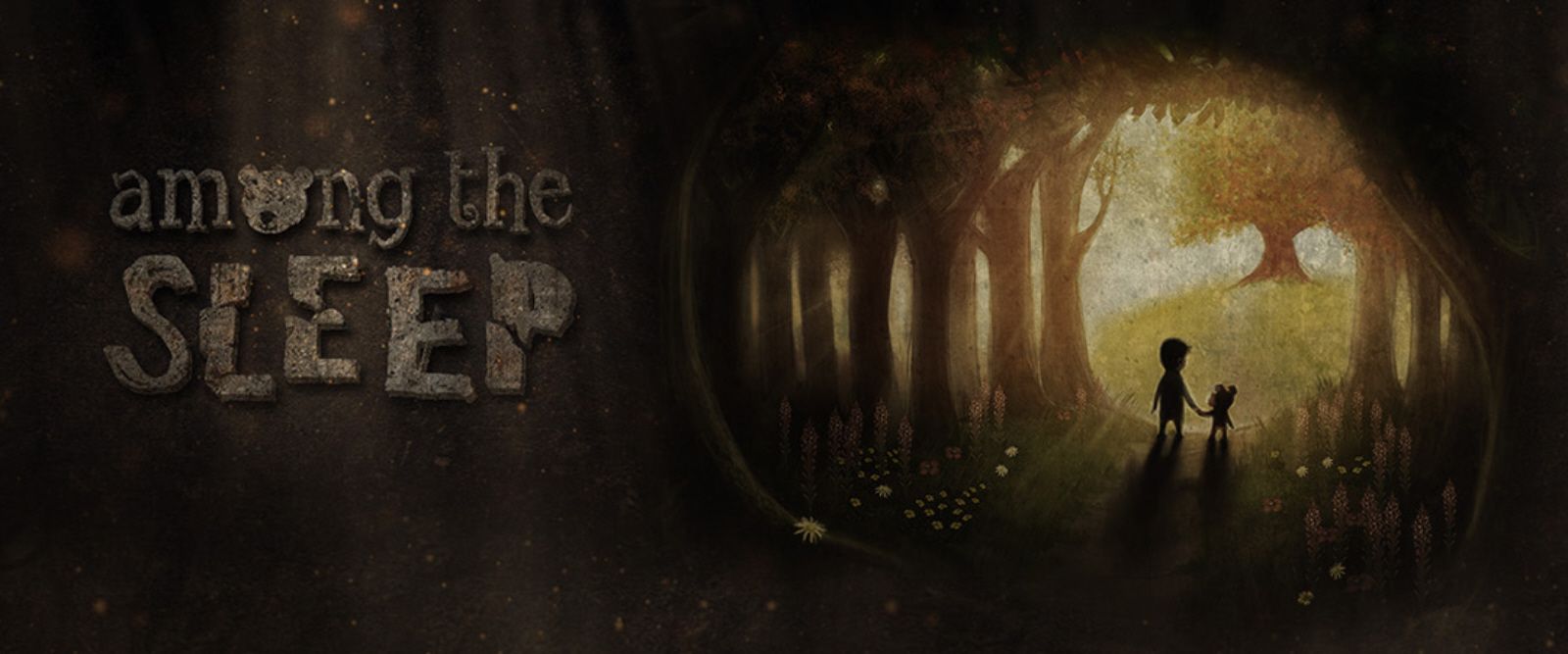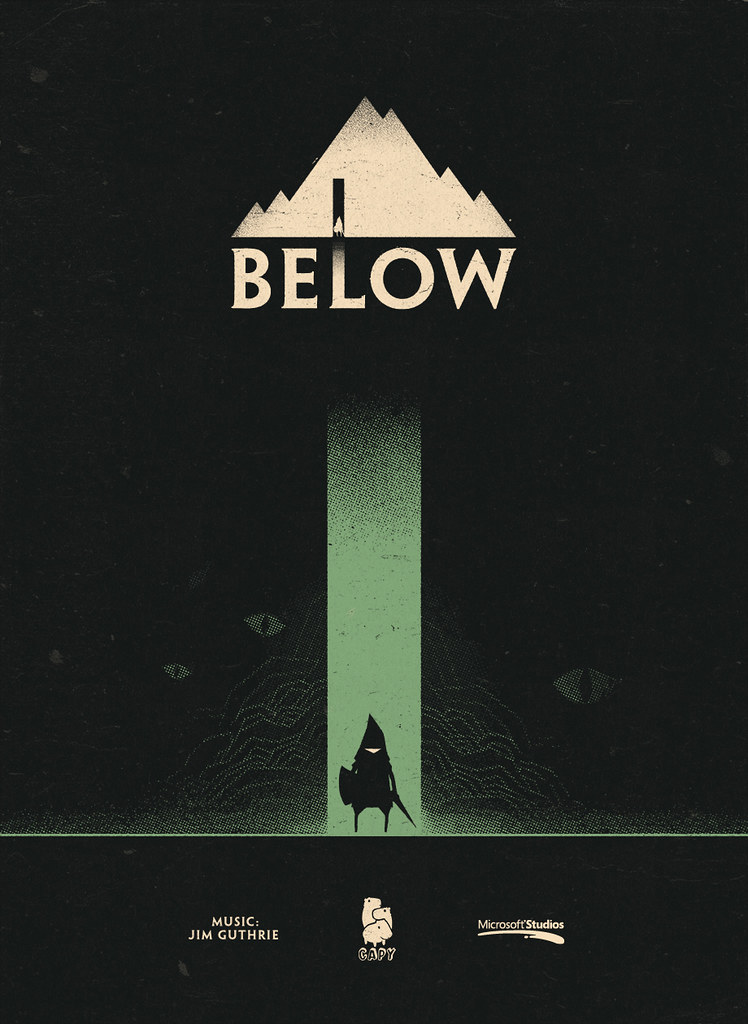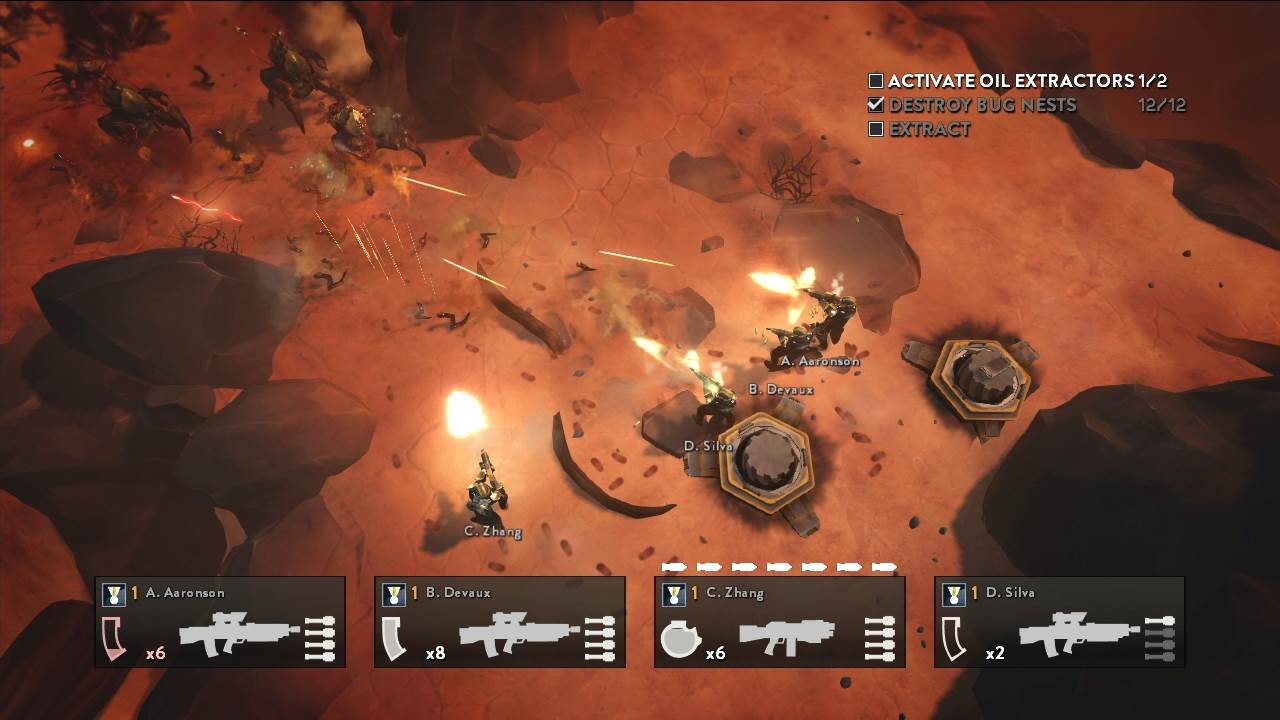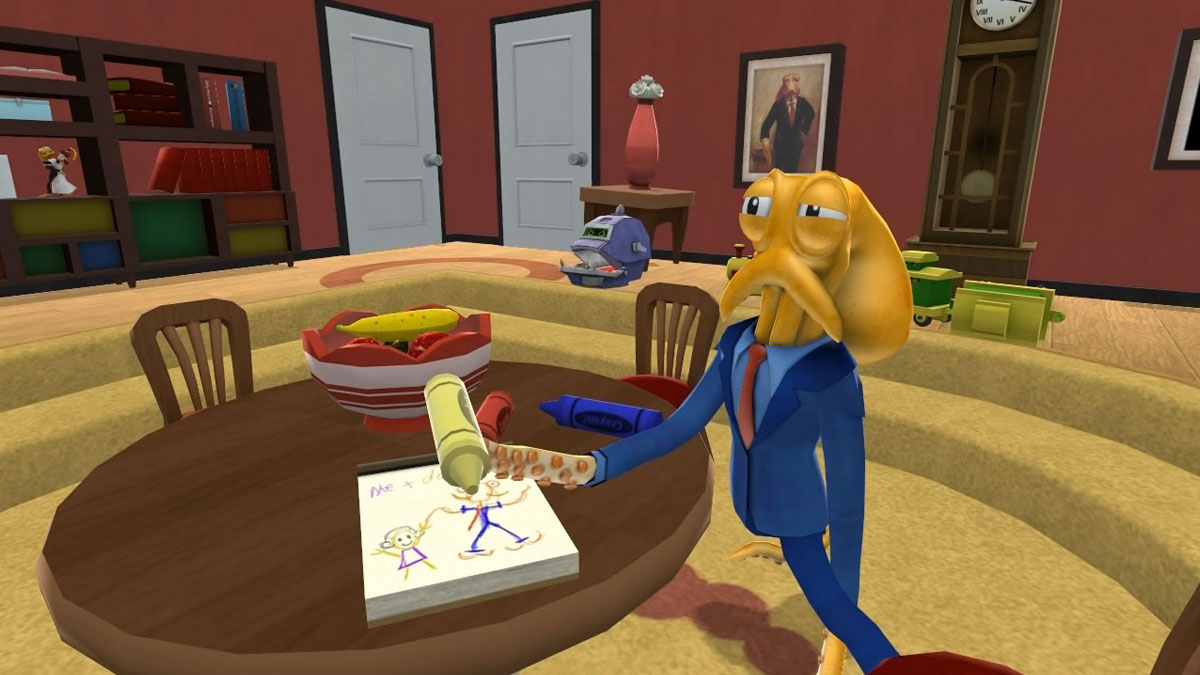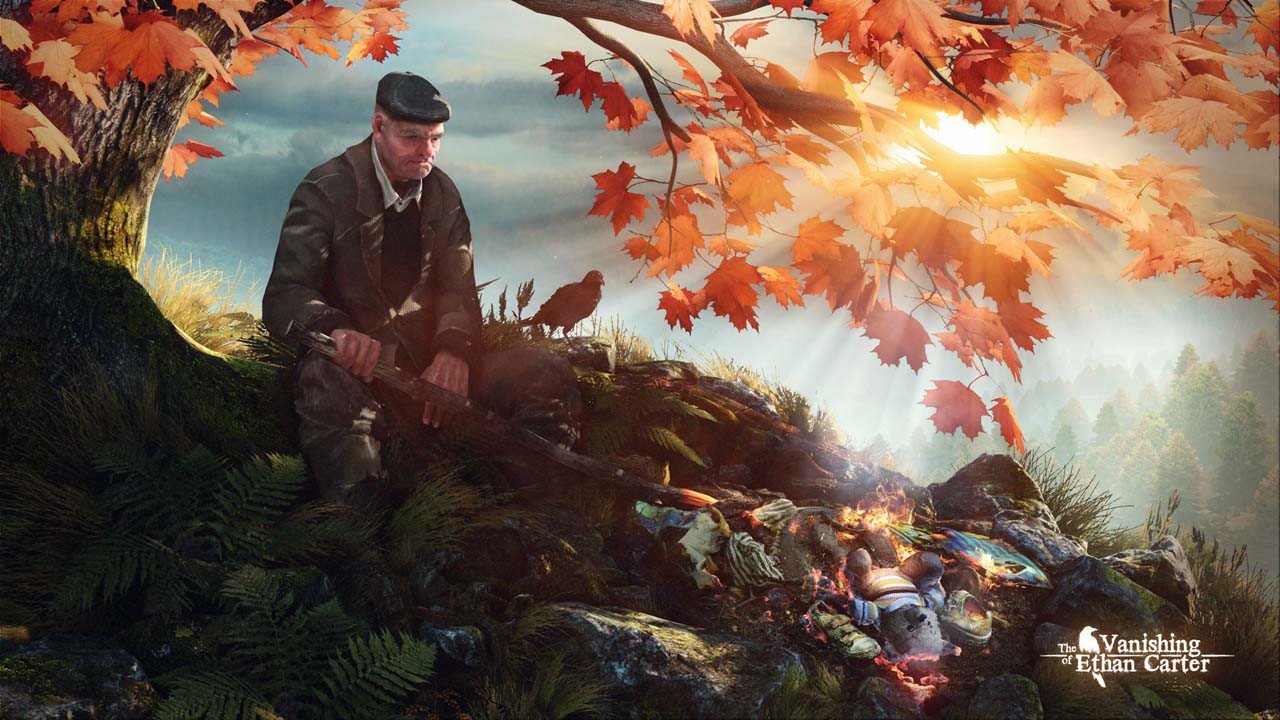 Minecraft, Fruit Ninja, Temple Run and many more – we’ve all been in contact with these games. These games are brands in themselves that inspired toys, sequels and movies while making a boat load of money for their creators.
Minecraft, Fruit Ninja, Temple Run and many more – we’ve all been in contact with these games. These games are brands in themselves that inspired toys, sequels and movies while making a boat load of money for their creators.
Indie studios are going mainstream with multi-million recurring revenues and billion dollar valuations. You know that a game has gone mainstream when the monetization is successfully going beyond the “in game purchase” model. For example,
Minecraft made around $100 million last year and this number will see significant rise due to lego deals, merchandise and beyond, and it isn’t even aggressive with monetization as Supercell or NaturalMotion. Same with other games like Angry Birds.
Multiple platforms are opening and rushing to support indie games and developers, and folks who used to work for big publishing or AAA studios are quitting starting their own indie studio or self-publishing their game. You’ll find out why in this post.
Just recently, a guy who used to work for a big studio, quit his job and as a one man team, made a game and published it on Steam and iOS,
he made around $2 million, 70% from Steam. It wasn’t a AA or AAA title.
That’s just one of many examples…

- SiuYiu’s Pocket Minions relaunched successfully as a freemium game, acquiring 137,000 DAUs in 48 hours.
- Dustforce, another indie made $668,490 JUST on steam alone.
- Azada: $250,000 Sales in just the first month
- The original Cut the Rope had been downloaded more than 100 million times
- Amnesia: The Dark Descent – Price per copy was $20 a unit and launched on PC/Steam/GOG, Mac sold 1.4 million copies
- Legend of Grimrock: Price per unit $15 on PC/Steam/GOG sold 600k+ copies sold in 8 months and still killing it.
- The Mystery Case Files franchise has sold more than 2.5 million units thus far.
These are just a few examples, there are a ton more. In 2009, the top 50% of games on PSN, Xbox and WiiWare sold an average of 70k to 100k copies, now this number has probably doubled. The top 20% sold 3 times more than the 50% according to Simon Carless’s 2009 GDC presentation.
The Kickstarter
People want more games, and this is why many people are willing to fund projects, just take a look a these stats:
In this post, we’re going to analyze the indie gaming renaissance that has finally gone mainstream – making more money than ever in its history and how it has changed the barriers to entry into the market for new players and simplified the process of publishing an indie game.
How did this revolution get started:
To be honest, indie games are around since the dawn of computer and console gaming. Folks and individuals with very little budget started pursuing their passion.
Here we’re not going to talk about the dawn of indie gaming in general but how does the revolution started.
“The indie game movement is the most important transition this industry has seen since the rise of the internet. Indie visionaries have single-handedly created the casual game genre, brought back long-dormant genres such as the strategy, adventure, and puzzle games, and have created entirely new concepts within gaming. Indie games have spurred the growth of technology that has allowed serious games and persuasive games to be created. Indie games are the ONLY games that simultaneously satisfy the gourmand, the casual gamer, and the revolutionary.” - Andy Schatz, Pocketwatch Games (Venture Africa)
Because of very low cost of development, Indies don’t need millions to break even.
As you’ll find out in this post that anybody can build a game or find developers who can help him build a game if he knows how to manage the devs and artists. It’s not rocket science. You no longer need backing of a big publishing studio or a ton of money and a physical office where you have full time coders coding your game from scratch.
Anybody Can Publish Their Own Game.
Indies are also leading innovation in gaming and if you look at this recent PAX event, there are some mind blowing indies on their way, “that dragon cancer” game is an example of unique storytelling, and it’s an exclusive to OUYA.
“There are plenty of Indies that are NOT minecraft which are making a lot of money via Xbox” – Chris Charla, director of the ID@Xbox program to Adam Sesseler of Rev3 games.
The developers who got laid off from studios owned by publishers started making their own games as independent publishers.
Why?
Well, there are several reasons which we’re gonna go through in this post. Most prominent one is that they are making a lot of money for their creators. All it takes is proper execution of product as well as RIGHT marketing and growth hacking approach. Watch the video in this post to learn more about execution.
And to be honest most devs make good games but aren’t exactly marketers or growth hackers.
Hence these developers go and find game publishers to seek some marketing and promotional help (these are not traditional publishers who provide funding, read on for more) or hire consultants who have a lot of growth hacking experience. I’ve been doing consulting on growth hacking for games for a good time and I know how painful it is when the developer isn’t a marketer and has already completed the entire game.
You need to keep your potential monetization strategy in mind when creating the framework of your gameplay (called thumbnailing of experience) so that it’s a seamless experience for your players to be 100% engaged as well as spend money in your game.
Doing this helps you create a stunning product that you can easily distribute through really great distribution platform that are available to you. Which we’re going to talk about in a moment.
Why Are Indie Games Making More Money For Their Creators Than Ever Before?
Well, three reasons:
1. Unity
Unity 3d is an amazing tool. It helps reduce the obnoxiously high cost of developing a game. It allows you to EASILY port to a range of devices like mobile, consoles, PC and many others. It’s great and it saves a lot of money (and time).
Unity is also cheap, so no obnoxiously high cost of licensing an engine like Unreal or CryEngine.
Asset store allows you to buy assets so you don’t need to build them from scratch. You can just buy them for the fraction of the cost it would take to build it.
Various cheap unity tools like
unityterraintools.com/tools.php for example can be used to create elements easily. This is just one example. (my developer used it to build a racing terrain.)
For those who’re just starting can also try game maker studio from yoyo games to get started quickly.
The majority of indie games I’m seeing are done in unity.
On the side note, you can also license unreal engine and use unreal development kit for certain games. If you cannot pay for full licensing, then you have another option in which you have to pay a certain portion of your revenue to Epic games.
2. Average gamer
The age of average gamer was
37 last year and dropped to 30 because of mobile – MOST have disposable income that they can spend in game or to purchase titles. This drop in age is due to extreme growth in people below 30 playing games and a range of different devices that they use to play the games. (cough* iOS). The most frequent game PURCHASER
is 35 years old.
Models like Free to play are going main stream, its easier to get people engaged in the game and make money in the process. This reduce cost of acquiring a user and your game play does the job of turning him into a loyal user, you know – making him spend money in game and inviting friends to play. Infact my biggest gaming client is using this approach.
62 percent of gamers play games with other people, so you have really HUGE growth opportunity. Where gaming was once an isolating experience, it is now a way people become friends, stay in touch, and form lifelong bonds. This is fantastic for growth hacking and very easy for strategists to make viral strategies.
3. Various publishing platforms with different audience types
A few years ago most of the games were sold via discs and DVDs. It all changed with the launch of Steam. PC gaming through retail caused so much piracy due to uncontrolled environment that this caused a lot of loss to big studios.
You can see the retail disc sales of various platforms
here.
Check out this case study, how this guy made 2 million dollars, he is just 1 guy who made his game and sold it on various platform including the mighty iOS, and 70% of the money came through Steam.
How? Well, there are several seasonal promotions that allows you to run some burst campaign. Also steam’s support for indie developer is magnificent in terms of promotions. I tested humble bundle promotions and it was the second best performer other than the fall holiday promotion. So there are SEVERAL burst promotional strategies that you can run to make some sales fast.
Defender’s Quest also had 58.6% from steam and rest from direct downloads as well as kongregate.
What Valve did with Steam is the exact same thing that Apple did with iTunes. iTunes saved music industry and Steam saved PC gaming.
Now Steam is one of the best publishing platforms ESPECIALLY for indie game business owners. It makes a lot of money compared to retail route, easy to publish and discount promotions for sales boosts.
The new ID@Xbox program allows publishers to self publish, and from what we saw at PAX 2013 is extremely exciting for independent developers. They are going to make their store much like Steam for Xbox one and
it will support ALL payment models, so you can build pretty much anything you like and sell it there. They’ve also released a range of tools and starting to distribute dev kits.
Xbox One is based on a 32bit PC like architecture and Unity is supporting it. Which means the cost of developing games is going to go down for indies and porting is going to be REALLY easy due to this.
Sony is on full throttle to support indies, it has never been easier to build for this platform. Now PS3 was a little hard to make games for due to its IBM cell processor based architecture. That is why I

do not recommend indie business owners to go for PS3.
But with PS4, the technical architecture is same as Xbox one, the PC like. Based on AMD’s 8 core 32 bit processors, the porting to this will be really easy too and Unity is supporting it as well.
So a game done on PC can be easily ported for both PS4 and XB ONE.
Now don’t underestimate PS Vita, it has poor sales but the audience is loyal and extremely hardcore. In my testing for a client the engagement is super high compared to any mobile device.
However you cannot make crap and ship it on vita and expect it to sell, it will most definitely bomb, but if your game is good enough and NOT casual, the engagement in Vita is really high and since the store isn’t fragmented, it is easier to acquire users.
Sony’s PSP is still HUGE. It has better quality users, hardcore legitimate gamers, who love story. Easy to sell to this market segment.
Haven’t tested Nintendo’s 3DS so I won’t comment on that. But the sales figure is HUGE.
Wii is a great platform. It has a great audience, although they are not hardcore gamers, mostly casual gamers. Wii U on the other hand isn’t an ideal platform. The sales are poor, infact
, Wii is outselling Wii U, and Wii U is latest.

To self publish on Wii and WiiU, you can do it via WiiWare, which allows to publish your game as an indie
Well I don’t have to say a lot here. Most of the people know how massive mobile is for gaming. How cheap and easy it is to build and publish on mobile. Console and Valve are learning a lot and have adapted a lot for the next gen and it’s going to be super exciting in coming years.

More people play games on mobile platforms than any other platform. But a person doesn’t spend the amount of money in mobile games compared to games on other platforms. In simple terms, the real hardcore gamers don’t prefer gaming primarily on mobile. They prefer handhelds like Vita or 3DS.
However, there are games on mobile making millions each month. Like angry birds, temple run, candy crush and clash of clans. These are indies too, but they’re big players in indie who have scaled their business fast.
A year ago if you had a AA quality game, you were pretty much guaranteed for getting mentioned in “game of the day, month or week” and so on in Android and iOS market place. Right now, there is one A or AA game launching every single day. The reason is simple, it is easy to build for these platforms because developers are available due to demand, but the gold rush is over.
So, the bottom line is that mobile is a GREAT platform for games, but there are other platforms that might generate better return per user.
Once your game is successful or doing well on any of these platforms, you can try some advance distribution via GameStop and others.
Different Types of Games Work Differently On Different Platforms
Once you’ve decided what TYPE of game you want to build, done some market research on it, you need to decide the right platform. Casual games don’t work as good on consoles as they do on mobile. Similarly,
erotic games can’t even get approved on many online publishing, but it’s a huge PC market as a direct download.
Metrics
Some data on ‘return per user’ – on various platforms is critical. So if you are getting $15 per loyal user on PC as compared to $35 on Xbox or any other console, that’s a deciding factor. Then you need to see how many users are on that platform’s specific category that you’re targeting.
I have a process to go through it that helps me get accurate data, which I’ll cover later.
Once that is done, then you need to design an experience based on metric of user behavior in similar games for maximum monetization.
We’re In the Business of Selling Experiences
Your game is your end product and it is made to be consumed. Some people sell it as a service of providing experience and engineering it in a way that makes people want to spend money – like an amusement park, except there is no entry fee. People pay for experiences like food, rides, fun and what not.
Obviously when the entry is free – a lot of people are gonna show up, and they will be motivated to spend money because then they’re easier to close. It’s easier to get more people to the amusement park when there is no entry fee.
A great game marketer will see it as a sales process – you gotta close more people.
Some people sell as a product – meaning one time high fee, but most things except food in the amusement park is free or prepaid. But it is hard to get more people when there is some kinda entry.
So think like this when you’re building a game play.
Let’s move on to the flow.
“Basically, the indie scene made me love games again! It’s where the passion is, it’s where the most interesting games are, and it’s where the most interesting people are. For the mainstream industry, everything goes in one direction: bigger, shinier, 3D-ier. Indie games go in every direction, and it’s exciting as hell. We’ll keep ‘em honest.” - Derek Yu, Bit-Blot (Aquaria)
Flow is also important, too much frictions like nag screens, pop ups, annoying things users have to go through in an order to experience anything might make them leave. And this is something you have to measure – in game user behavior is an extremely important analysis.
Publishing Models
Self-Publishing Your Game
We’re in the indie gaming renaissance with digital distribution.
There are tons of ways to self-publish your game, few of them are.
- Latest from Microsoft: ID@Xbox
- PSN for PS4, PS3, Vita and PSP
- Steam
- GameStop – Kongregate
- Apple’s Appstore
- Desura and GOG
- Direct to customer (download)
- more…
One thing you can try is to release on multiple platforms via Unity. It only requires few adjustments but you get yourself on multiple platforms. However there are few things you need to know that there are guidelines to publish on each of this platform and it is a subject of some other blog post.
You can basically use a few of these platforms that suites you and create a marketing and launch strategy yourself. It isn’t as hard as it sounds like if you have the right systems in place.
Indirect Publishing Partner:
You can find publishing partners like
Kerosene Games or anyone that suites you. They charge you upfront sometimes, sometimes they charge you equity or revenue %% your game brings in.
You can also hire someone just to do marketing for you too. There are individuals, myself including who do that for many major indie games. It is a joint effort so you cannot do that after the game is done, you need to find someone before your game is completed.
Traditional Studio Publishing Partnerships:
These are publishing studios and they also invest in the game development budget. This is a traditional method and
its declining as publishing is getting simplified and marketing is becoming more direct as a result of the internet and social media. This is the reason why there are so many “share buttons” and various gameplay sharing features are present in next gen consoles. I never buy games by viewing any ads (and I have ad blocker plus installed), I buy and discover from Facebook, reddit, blogs posts and YouTube.
These studios take in more than half of your revenue to publish the game and keep the IP rights to themselves. If you take this route, you’re not an independent. It is also hard to go this route.
But they do help you get featured in big gaming conference events like GDC, E3 or PAX via their booths. If you got a really good title then your engine provider like Epic can also be approached to showcase it. But you need to have a unique positioning for partnerships like these.
A Very Near Future…
Digital distribution is on the rise and not everyone wants to spend $50+ on AAA games. Most people don’t do that, only hardcore gamers like me buy these titles each month. Average gamer doesn’t spend that much money on games. This is one of the reasons:
Mobile games are cheap as you already know, and indies don’t cost more than $20 in most cases. Many indies are going for F2P route too and monetize more effectively based on the in game experience, when user is in an emotional state that can be motivated to spend money.
Why mobile and indie games are on the rise …
This helps indie target a HUGE segment in the industry, the people who’re not hardcore gamers but still prefer gaming.
This is a huge segment and that is why Sony is investing obnoxious amount in funding and support for PS4 and Vita.
While this year’s GDC survey of over 2.5k developers who attended the conference – OVER 53% were indies.
That’s more than half.
If you want to learn more about this industry’s growth and culture, there is a documentary called “GameLoading: Rise Of The Indies” which was funded successfully on kickstarter.
Check it out.
“I believe – fiercely and with passion – that the independent video game scene is in the midst of a startling rise to prominence. Why? Because innovative artistic games made by small teams finally have the ability to be easily played and enjoyed by gamers. Viva la indie revolution!” - Simon Carless (Chairman, IGF)
With the cost coming down every single month with new technology getting introduced, reusable assets, source codes and more people getting educated in Unity and tools to provide services to this fast growing indie space via outsourcing, you’re gonna see a whole lot of indie games in a very near future.
In terms of monetization, most games are scaling to release board games and selling it to their user base, selling 3d printed action figures or dolls of their characters. They are good ideas to test as post purchase upsell. And you don’t have to order in bulk, 5 to 10 test orders are perfectly doable if you know some simple rules of negotiation.
In Conclusion
If you follow certain game development principles and have done proper research in the beginning, there has never been a better time to be in the indie gaming business ever.
But remember one key takeaway from this post: You and me (indie business owners) are in the business of selling experience.























